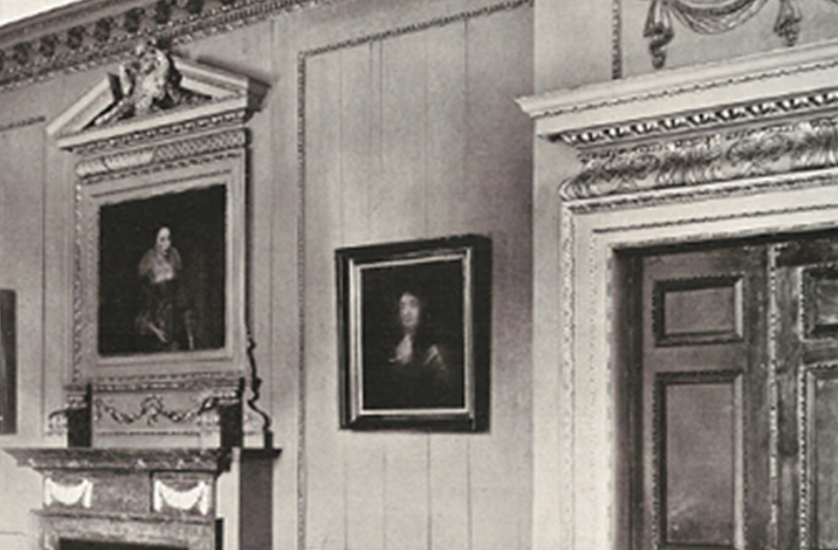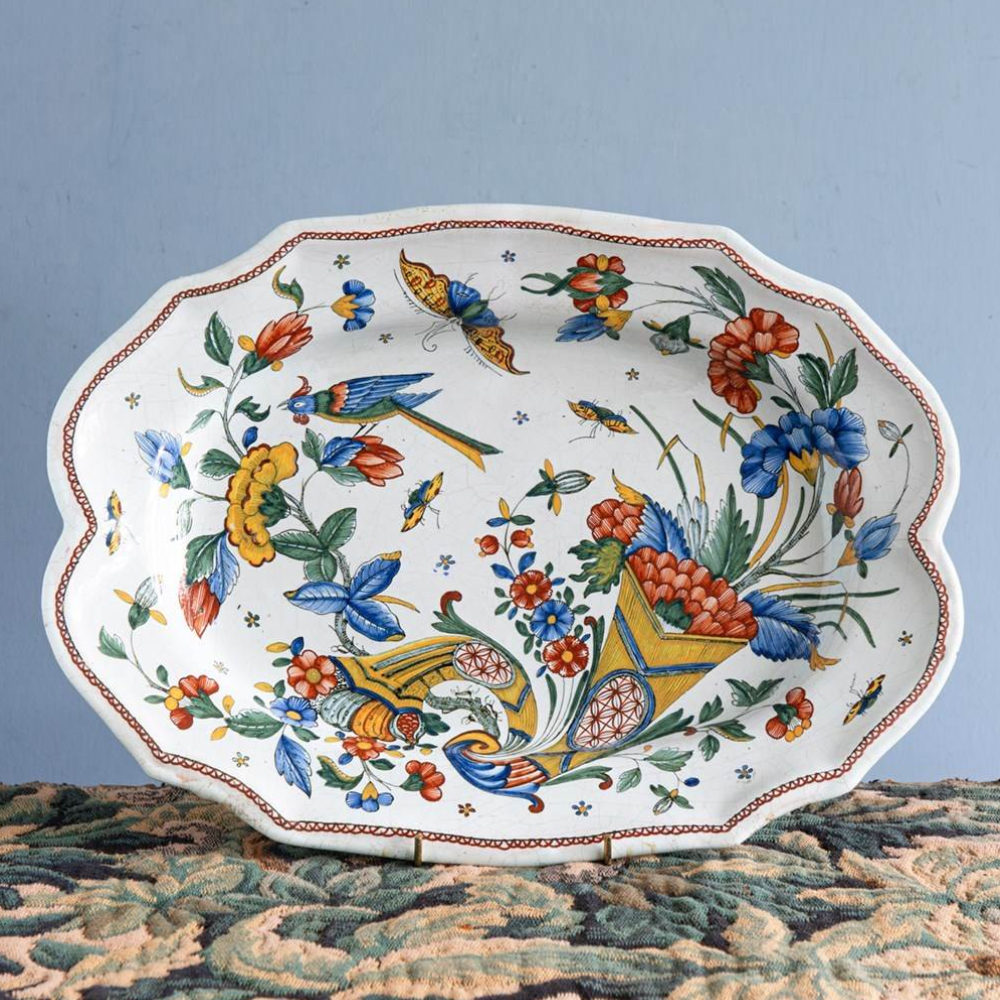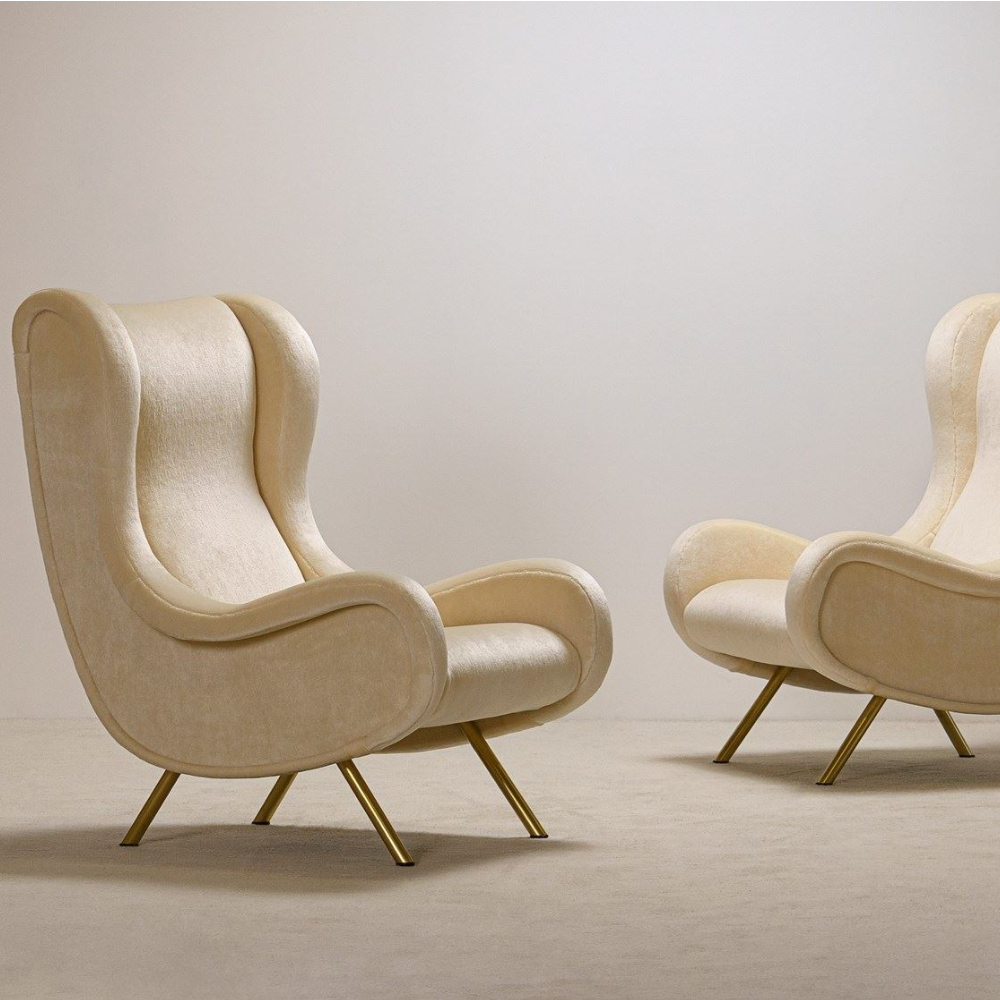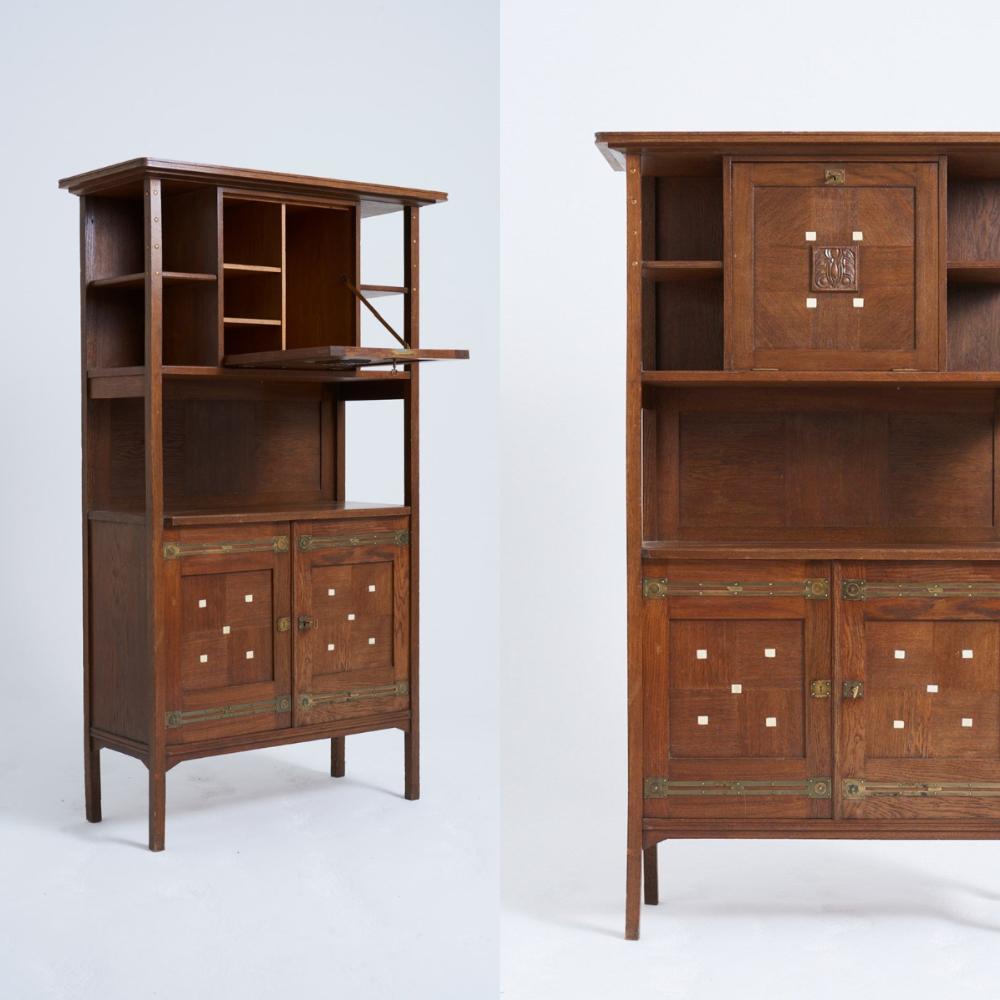History
The Tudor Period was certainly a turning point in British interior architecture. Within an age of general peace the need for harsh fortification elements had ceased and the desire for comfort as well as warmth took fold. New domestic structures were beginning to emerge and with this came new designs with the establishment of the printing press. People have been panelling their walls with wainscot since the beginning of the 16th century.
Starting with Oak or Pine, the decorative attraction was able to broaden its material scope with the increase in wealth people were starting to see. Results of this were the ability to create the same effect but with woods such as, Walnut, Mahogany, Birch, Redwood even Plywood. Many of the later designs were generally installed for decorative purposes. However, the first uses of wall panelling were simply to keep out cold drafts which could potentially result in fatal illness’. Typically these wooden panels were installed alongside a cold, stone wall which would generally cause damp to creep in. It was a general feature of design for English nobility.
Some historical attractions that are decorated with this panelling including Belton House dining room as well as a William Kent design for a panelled room in 1730 for Raynham House. Home of the Townsend family for nearly 400 years. Belton House is pictured below in its grand appearance.
William Kent
Kent’s first Royal Commission was at Kensington Palace and was to paint their new state rooms. This commission launched his career in Britain. Allowing him to enjoy the patronage of the Royal Family and all that came with them. Later on, Kent was granted the official title as Architect to the Prince of Wales after Frederick had taken a liking to his designs.
Purpose
The purpose of wall panelling is simple; to create both practicality and to provide a visually appealing asset to a home. Wall panelling had been originally intended to serve as a practical rather than a decorative purpose. Prior to general insulation in buildings, applying additional layers of timber would work brilliantly to warm up rooms that had been build with stone surrounding walls. It also covers up unattractive patches of damp.
It was the 16th and 17th centuries in France which saw a rise in decorative and flamboyant wall panelling. The desire for many wealthy nobility here was most certainly to flaunt wealth and style with the added appeal of warmth. As countries became wealthier, their choice of interior design needed to match this. And so the increase in demand for attractive wall panelling grew.
The Advantages of Wall Panelling
The most obvious advantage of adding wall panelling to your home is the environmentally friendly aspect of it. Insulating your home cuts down the need for pollutant and green house gas emissions. It is also economically a very large advantage. Not only does it cut down harmful toxins, it also cuts down your bills while keeping you warm. Non-renewable fuel supplies are extremely important for our planet. Adding home insulation will help massively to conserve these resources. Something as unique as wall panelling would benefit the environment as well as your own home!
It is also a beautifully appealing feature, adding character to any room! Panelling brings atmosphere and ambiance to a home as well as historic appeal.
UK Architectural Heritage’s Panelling
At UK Heritage, we have a fantastic collection of panelling that is consistently growing. Our antique English Oak panelling that is 32ft is perhaps one of our favourites. After being assembled in its current form around 1890 it became obvious that some of the components are dated much earlier.
All of the components contain decorative carvings of heads, tracery and foliage. All of the information can be found on the listing. This has been linked below the photograph.
If you liked this article, then please subscribe to our mailing list to ensure you don’t miss out on upcoming blogs, new in items and general up to date information about UK Architectural Heritage!







